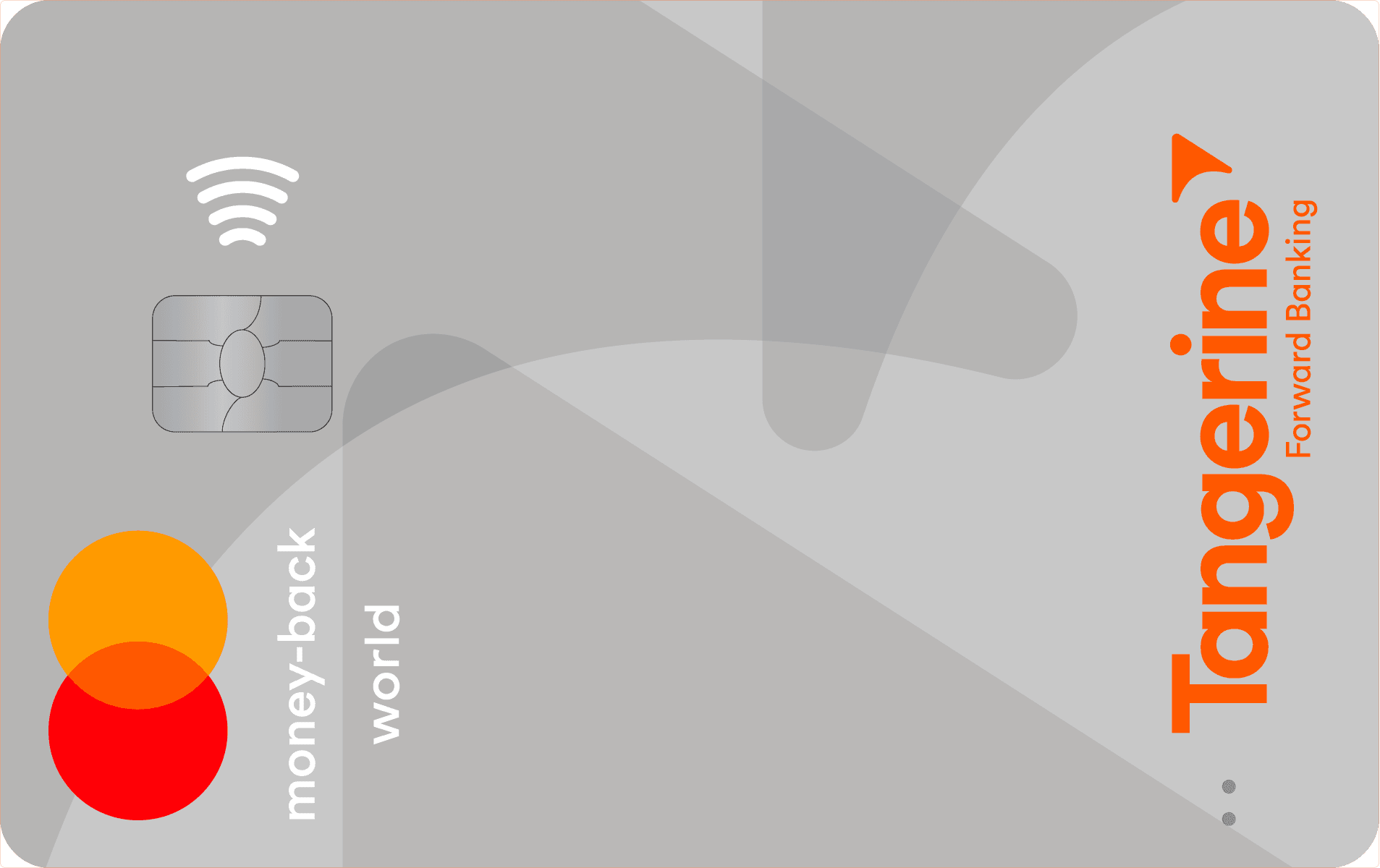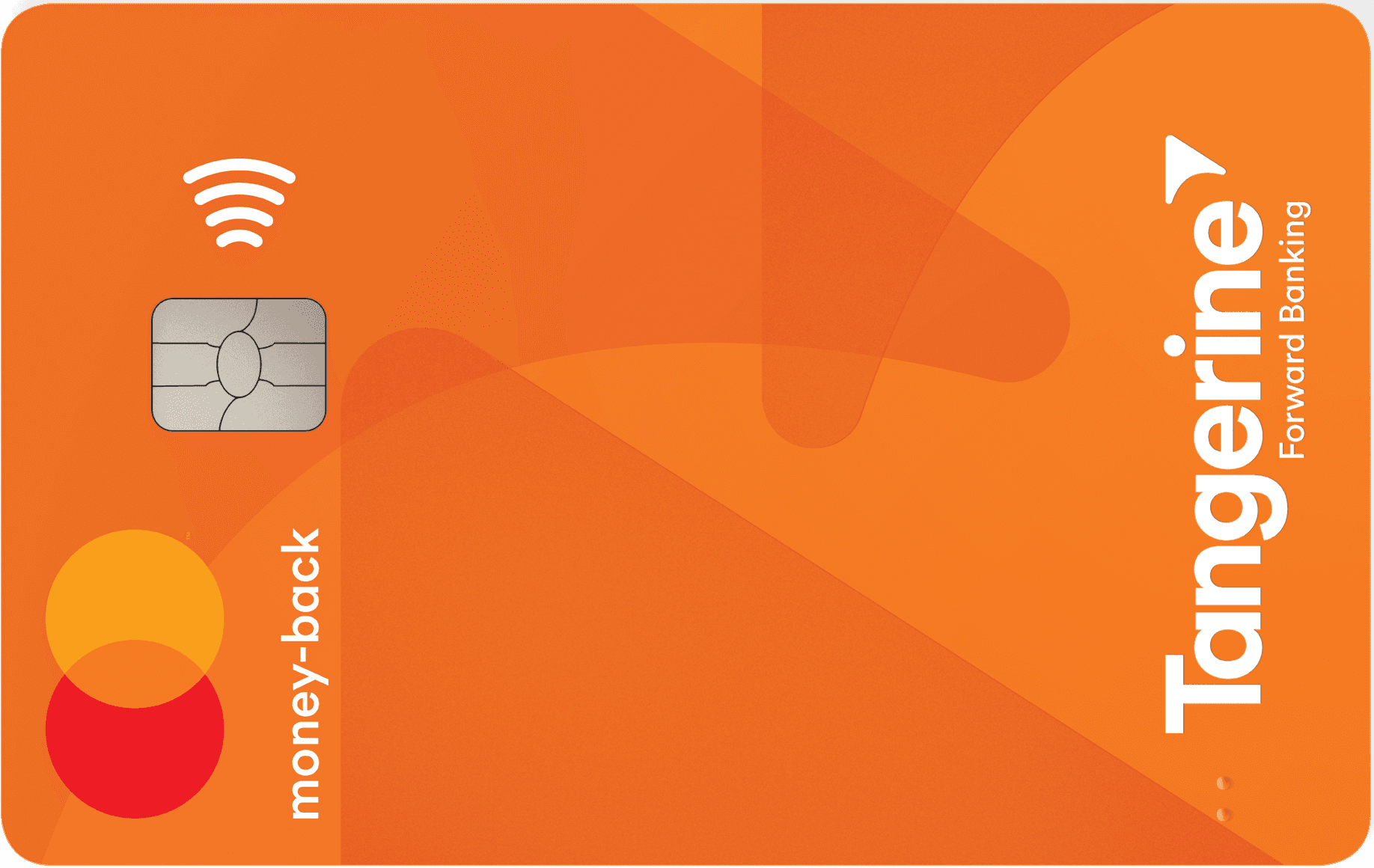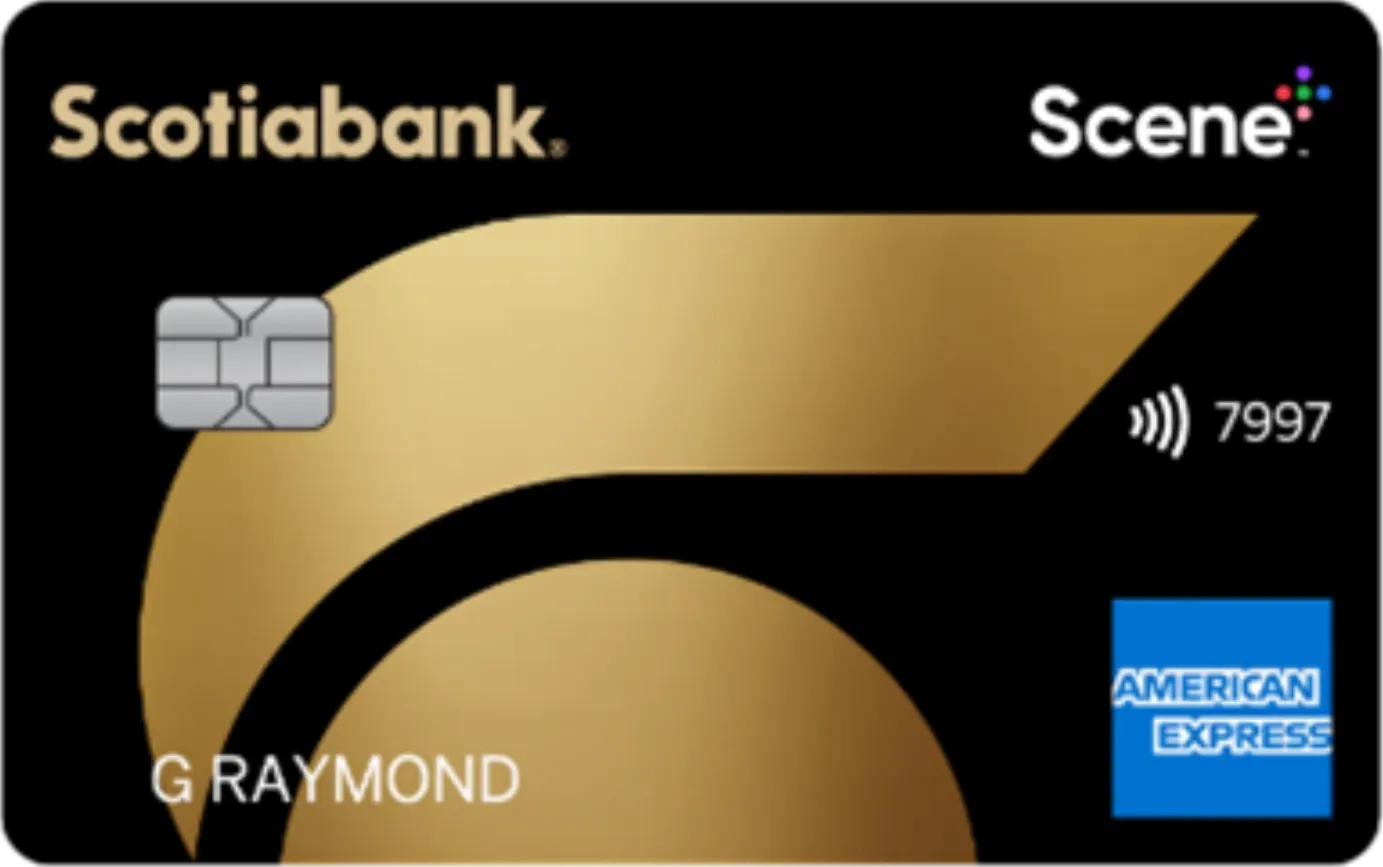Working hard in the background...
Flat-Rate vs. Tiered Rewards Credit Cards: Which One is Right for You?
Published Oct 1, 2025 3:59 AM • 6 min read
You might be earning credit card rewards, but you may still be leaving money on the table, especially if you’re using a credit card without understanding how it earns rewards.
There are two main types of reward credit cards in Canada: flat-rate rewards credit cards and tiered rewards credit cards. One gives you predictable earnings on every purchase. The other option can supercharge your points in specific categories, such as groceries or gas. But which one will put more money back in your pocket?
In this guide, we’ll help you answer that question by breaking down the differences between flat-rate and tiered rewards credit cards. We will show you how to compare them based on your spending habits and help you figure out which option best fits your spending habits and financial goals.
What Is a Flat-Rate Rewards Card?
With a flat-rate rewards credit card you can earn the same cashback or points rate on every dollar you spend, regardless of category. By having a simple structure, holding a flat-rate card means you have no need to track bonus categories because you accumulate rewards evenly across all purchases. For example, a flat-rate card may offer cash back of 2% on all purchases.
Read More: Best Flat Rate Credit Cards in Canada
Pros of flat-rate credit cards:
- Easy to understand and manage
- Predictable returns
- Great for consistent spenders
- Ideal if you use one card for everything
Cons of flat-rate credit cards:
- Lower rewards potential for high-category spenders
- Miss out on elevated rewards for specific spending areas
What Is a Tiered Credit Card?
The tiered rewards credit card structure operates very differently from a flat-rate one. With these types of credit cards, you will earn a different rewards percentage depending on the category of your spending. Consider, for example, the CIBC Dividend Visa Infinite Card, which offers 4% cash back on groceries and gas category spending. It awards 2% cash back on dining expenses, transportation costs and recurring payments. All spending that is not in these categories will only get 1% in cash back. This is much different than with a flat-rate card.
Pros of tiered rewards credit cards:
- Potential for higher rewards for frequent category purchases
- Better value for strategic spenders
Cons of tiered rewards credit cards:
- Requires more planning
- Some purchases may only earn base-level rewards
Flat-Rate vs. Tiered Credit Card Comparison
Flat-Rate Rewards | Tiered Rewards | |
|---|---|---|
Ease of use | Simple | Requires attention to categories |
Earning potential | Lower for category spending | Higher with smart usage |
Best for | Moderate spenders | Strategic or high-category spenders |
Ideal user | Minimalist | Maximizer |
Is a Flat-Rate or Tiered Credit Card Better for Your Spending Habits?
Now that you understand the difference between the two, you may find yourself wondering: “Is a flat-rate card better for me? What about a tiered card?”. In the end, you need to choose the best rewards credit card that earns you the most while still being easy for you to manage.
To get to the bottom of this, be sure to:
- Dissect your spending habits. Start by reviewing your last two or three credit card statements and ask yourself: Do I mainly shop at one type of store (grocery, gas station, retail, etc.)? If your spending is scattered, a flat-rate card keeps things simple. But if you’re consistently spending in one key area, a tiered card could earn you more.
- Consider lifestyle perks. Some tiered cards offer more than just cash back or points rewards. Think travel insurance, airport lounge access, and car rental insurance coverage. Will these rewards be of use to you? If not, consider a flat-rate card to avoid paying for unused benefits.
- Note personal preferences. Ask yourself: Do I want to use multiple cards to get category bonuses? Or would I prefer a “set-it-and-forget-it” card? Category bonuses may seem like a valuable perk, but if you do not take advantage of them, then you might as well use a flat-rate card where you earn consistently across categories.
- Watch for caps and rotating categories. Some tiered cards limit how much you can earn in the bonus categories. Others rotate category incentives quarterly. To get the most out of your tiered card, you will need to track changes and activate new rewards regularly. Is the trade-off worth it to earn higher rewards?
Example reward structure
Still unsure about which credit card is best? Let’s break it down.
Imagine you use your credit card to spend $500 per month on groceries, $300 on gas, and $700 on everything else. You are trying to decide between two cards: a 2% flat-rate cash back card or a tiered rewards card. In this case, what is the best credit card to hold?
Flat-rate credit card:
With the flat-rate card, you would earn $360 per year in rewards. You can compute this figure as:
Total monthly spending of $1500 x 2% cash back rate = $30 per month
Total annual earnings = $30 per month x 12 months = $360 per year
Tiered credit card:
Now, let’s say your tiered card offers a cash back rate of 4% on groceries, 2% on gas, and 1% on all other purchases. In this case, your annual earnings are $396 based on the following calculations:
Groceries: $500 per month x 4% cash back rate = $20 per month
Gas: $300 per month x 2% cash back rate = $6 per month
Everything else: $700 per month x 1% cash back rate = $7 per month
Total annual earnings = ($20 + $6 + $7) x 12 months = $396 per year
As you can see, in this example, the tiered card earns more. But that is only because your spending falls into the high-earn categories. If more of your spending was in the “everything else” category, then you could come out ahead with a flat-rate card.
The bottom line? You can always earn more by selecting a card that aligns with your personal spending habits. Tiered cards often have better value if your spending aligns with the bonus categories. Otherwise, a flat-rate card could offer more consistent rewards with fewer limitations.
Takeaway: Flat-Rate vs Tiered Rewards Cards in Canada
Choosing between a flat-rate and a tiered rewards credit card isn’t just about percentages; it’s about matching your card to how you spend. Run the numbers! Consider your spending habits. Only then should you decide whether you want the simplicity of a flat-rate card or the potential to earn extra value with a tiered one. In many cases, Canadians use strategic credit card switching and hold both types in order to maximize their return. Because why should you be leaving rewards on the table when you don’t have to?
For help selecting a card, visit the Compare Credit Card Offers tool to find the card best tailored to your needs.
Frequently Asked Questions
Absolutely! In many cases, it is advantageous to use a tiered card for purchases like groceries and gas, then pull out your flat-rate card when purchasing anything else.
Read More: How to Manage Multiple Credit Cards and Rewards in Canada
Certain credit cards may rotate category bonuses or even cap monthly rewards. To find out the details of your card, I recommend reading your credit card agreement in detail.
Yes! Rewards cards offer great value if you can avoid paying interest. If you carry a balance, though, look for one of the best low-interest credit cards or one of the best balance transfer credit cards in Canada instead.
Read More: Should You Get a Rewards Credit Card?
Applying for a new card may cause a small dip in your credit score initially. But that will not last long if you prove to be a responsible spender. In that case, using a tiered (or any) credit card can help to improve your credit score over time.
Trending Offers

Tangerine® Money-Back World Mastercard®*

Tangerine Money-Back Mastercard

Scotiabank Gold American Express® Card

MBNA Rewards World Elite® Mastercard®
About the author

Lauren Brown
Editor
Lauren is a freelance copywriter with over a decade of experience in wealth management and financial planning. She has a Bachelor of Business Administration degree in finance and is a CFA charterholde...
SEE FULL BIOAbout the reviewer

Anthony Coles
Editor
Anthony started off a career in finance working for the largest staging company in the UK. Tasked with setting up a procurement department and costing up large projects building film studios required ...
SEE FULL BIO